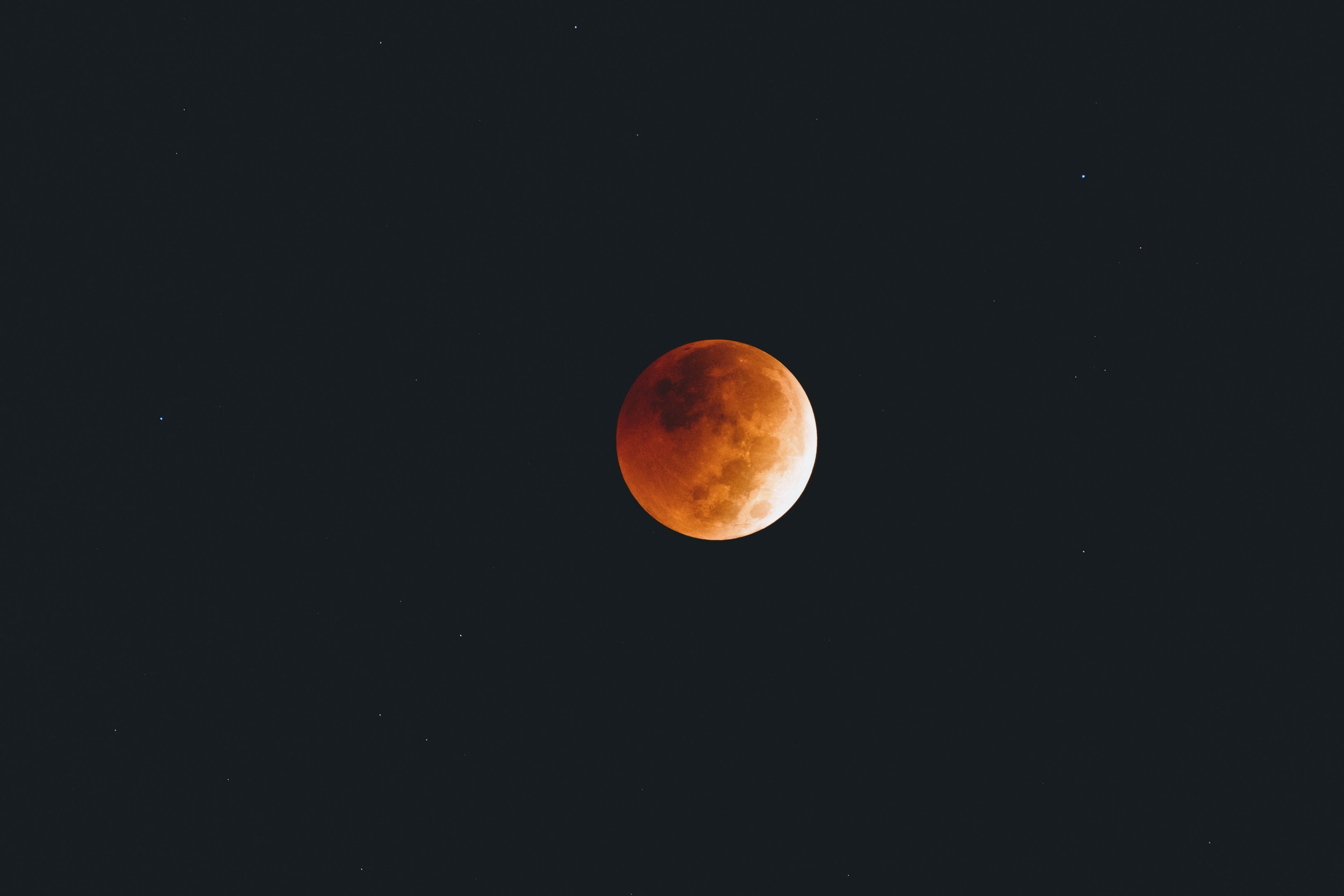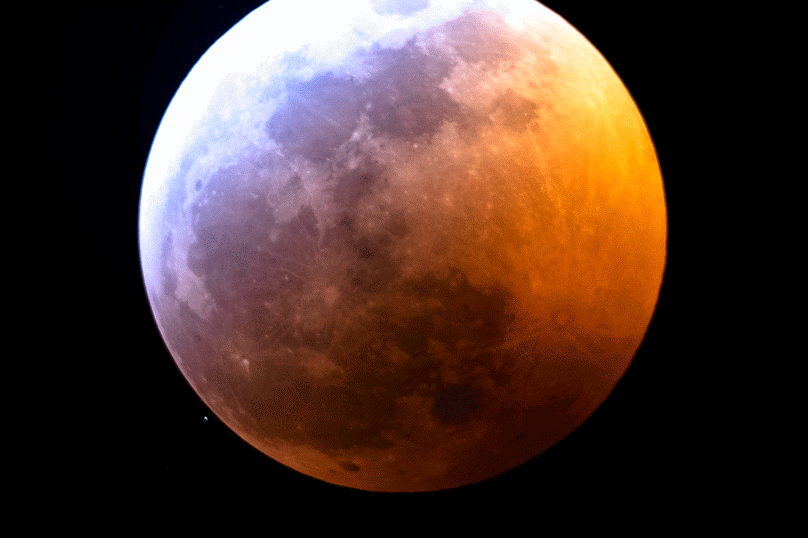
Eclipses
• PHOTO COLLECTION •

2017 Total Solar Eclipse
Partial eclipse from Austin, TX
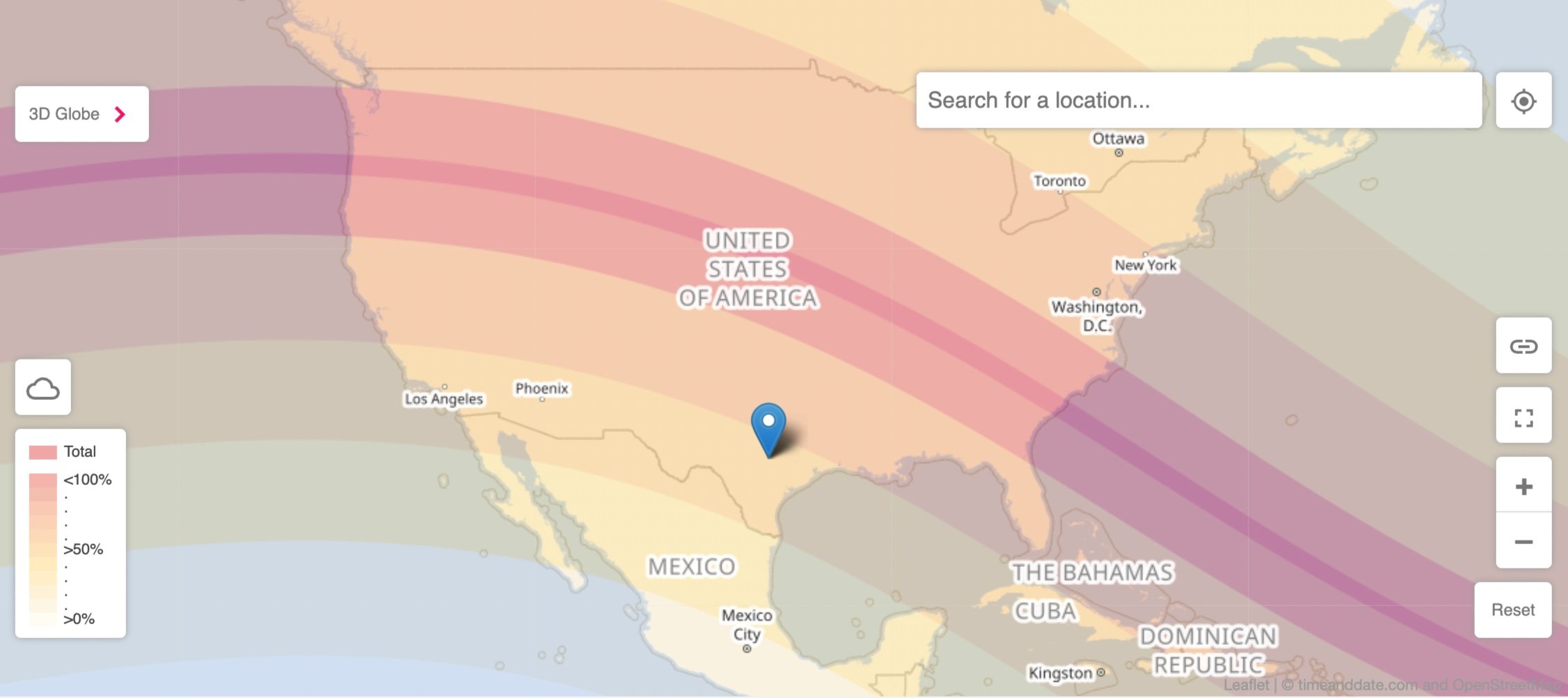
Eclipse Map August 21, 2017
The 2017 solar eclipse occurred on August 21 and was the first total eclipse visible from the contiguous United States since 1979. The total eclipse lasted for up to 2 minutes and 40 seconds along the path, with partial eclipses visible throughout much of North America.
I didn’t travel to the path of totality for it, but still had a viewing party on the roof of the office building I was working in at the time in downtown Austin.
I bought a solar filter sheet and cut it to fit between my camera lens and a basic UV filter. I did not have a tracker, so I just adjusted the position of my camera periodically to create this crude timelapse.

2019 Lunar Eclipse
Total eclipse from Central Texas

Eclipse Map January 21, 2019
On January 21, 2019, there was a total lunar eclipse visible for nearly all of North America. I had the opportunity to view the eclipse outside of Enchanted Rock SNA, in a Class 2 sky on the Bortle scale. I wanted to try taking a series of images using my Celestron SCT-8, and I think this was the first time I traveled with that big bear of a scope and didn’t fail the setup and alignment.
I took 281 frames, capturing 3 hours and 37 minutes of the eclipse. Four years later, I finally aligned those frames to create a timelapse.
I was also able to snap a few pics with a wide angle lens while the moon was dim. Typically a full moon would completely blow out the fainter band of the Milky Way that we see during the winter in the Northern Hemisphere.

2021 Lunar Eclipse
Partial eclipse from Central Texas

Eclipse Map November 18-19, 2021




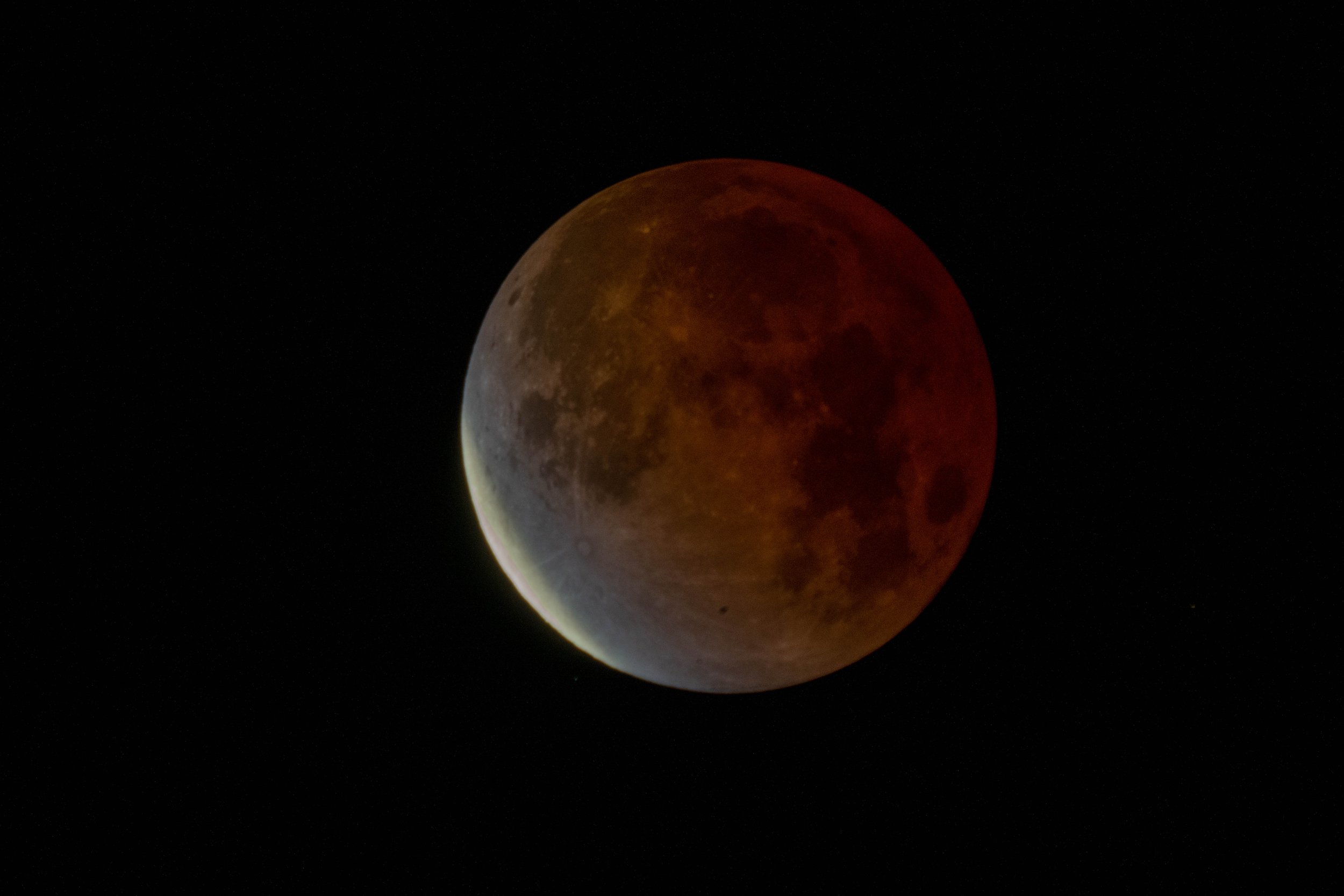


2022 Lunar Eclipses
Yes, there were two visible from Texas

Eclipse Map May 15, 2022
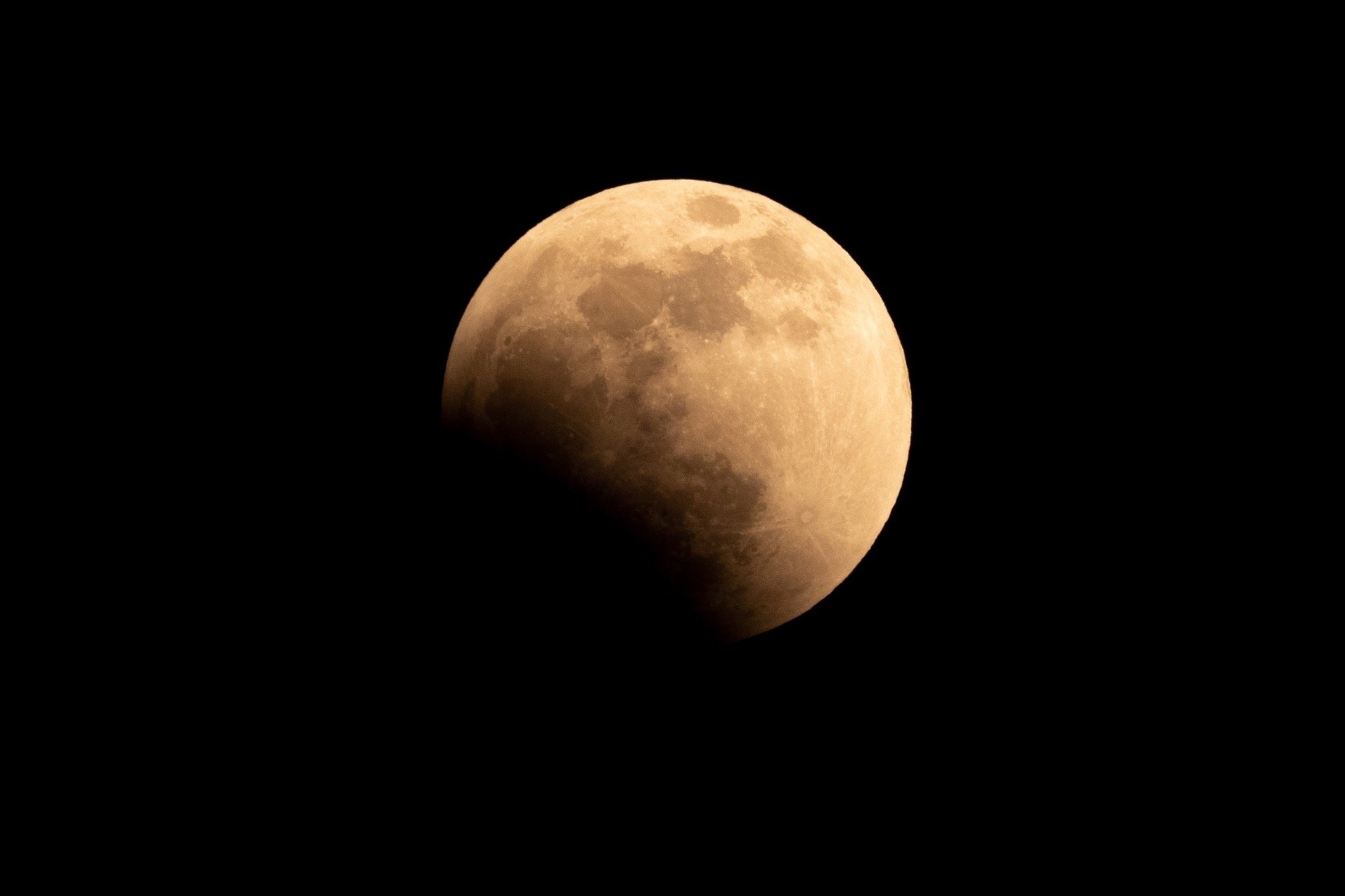





Timelapse video of the lunar eclipse on May 15, 2022

Eclipse Map November 8, 2022

2023 Annular Solar Eclipse
Partial eclipse from Austin, TX

Eclipse Map October 14, 2023
On October 14, 2023, there was an annular solar eclipse visible in North America. An annular eclipse occurs during a new moon, which means there is no moment of totality because the sun does not get completely eclipsed by the moon. But still very cool nonetheless!
Timelapse of the annular eclipse from Austin

















